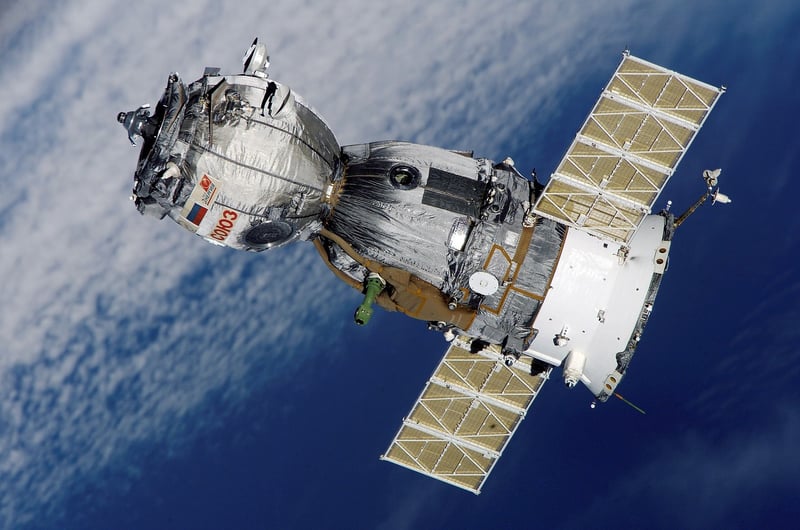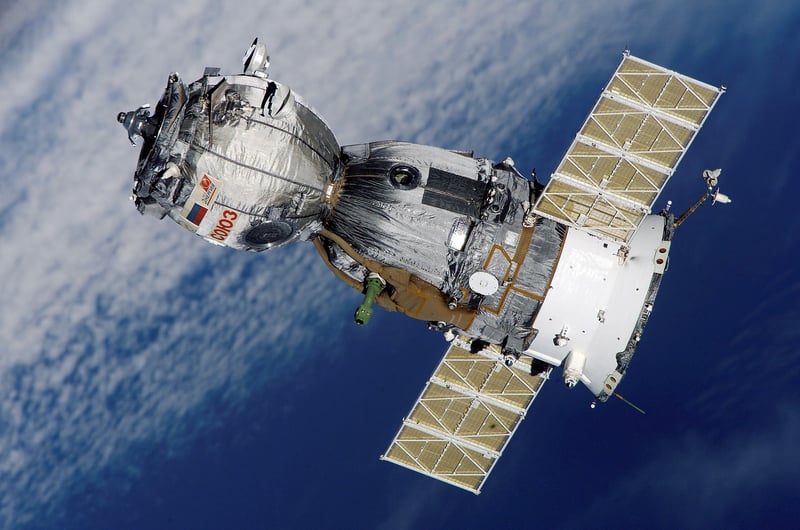Orbital Habitats
Establishing Human Outposts and Orbital Habitats
In the quest for exploration and expansion beyond Earth, establishing human outposts and orbital habitats is becoming increasingly crucial. These ventures open up opportunities for scientific research, space tourism, and even the potential for interplanetary colonization.
Human Outposts on Celestial Bodies
Human outposts on celestial bodies such as the Moon, Mars, or even asteroids offer a stepping stone for further space exploration. They provide a base for conducting experiments, mining resources, and testing technologies essential for long-duration space missions.
Benefits of Human Outposts:
- Scientific Research Opportunities
- Resource Utilization
- Technology Development
- Training for Interplanetary Travel

Orbital Habitats
Orbital habitats, such as space stations or large spacecraft, offer a unique environment for long-term human presence in space. These habitats can serve as research facilities, manufacturing centers, or even as a gateway for further space exploration missions.
Features of Orbital Habitats:
- Maintaining Artificial Gravity
- Life Support Systems
- Space Tourism Potential
- International Collaboration

As we look towards the future of space exploration, the establishment of human outposts and orbital habitats will play a significant role in our journey beyond Earth. These initiatives not only push the boundaries of human achievement but also pave the way for a sustainable presence in space.
Exciting times lie ahead as we continue to expand our presence in the cosmos and unlock the mysteries of the universe.
